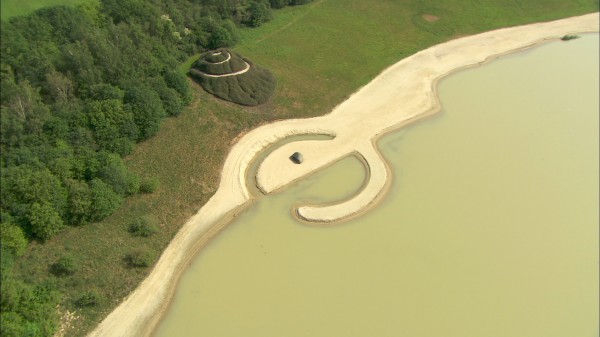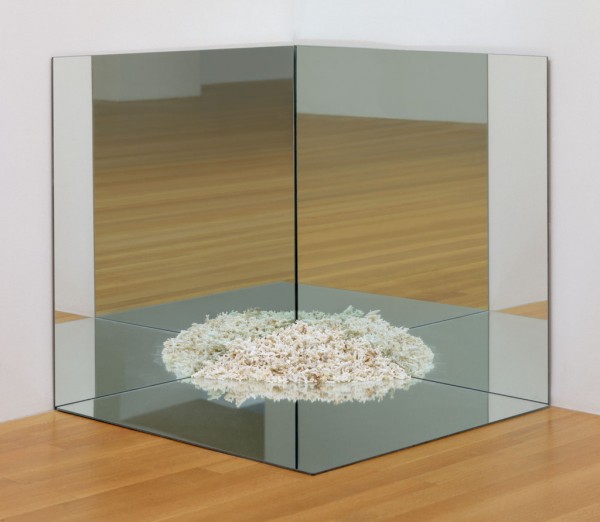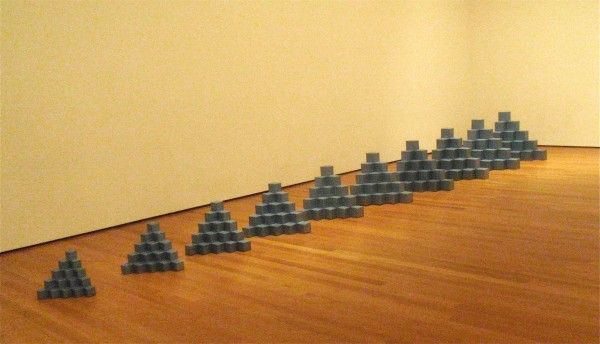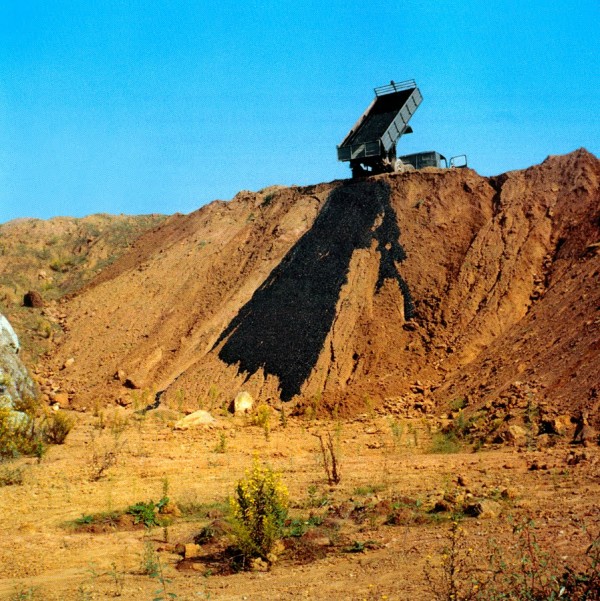Robert Smithson
Wednesday, 3 April 2013
Work from his oeuvre.
“…Embodied in all of Smithson’s endeavors was his interest in entropy, mapping, paradox, language, landscape, popular culture, anthropology, and natural history. This is evident in works he created such as Heap of Language, King Kong Meets the Gem of Egypt, Enantiamorphic Chambers, A Nonsite – Pine Barren’s New Jersey, Yucatan Mirror Displacements, Partially Buried Woodshed, Asphalt Rundown and Spiral Jetty.
Entropy, was a theme that consistently ran throughout Smithson’s art and writings. He explored his ideas involving decay and renewal, chaos and order with what came to be known as his Nonsites and Earthworks. Smithson spoke at great length in interviews and essays on entropy and his notion of time. In Entropy and the New Monuments he wrote “…the urban sprawl, and the infinite number, of housing developments of the postwar boom have contributed to the architecture of entropy” and that “entropy is a condition that is moving toward a gradual equilibrium”. Partially Buried Woodshed, 1970, Kent State University, Kent State, was a piece Smithson created on site during an invitational arts festival. He located an abandoned woodshed and poured earth on to the structure until it cracked. This work is a prime example of Smithson’s visualization of entropy and time, leaving it to be “subject to weathering, which should be considered part of the piece”. This quote is from a statement Smithson signed when he donated the work to Kent State University.
Smithson developed a significant body of work that engaged complexity and oppositions: nature/culture (Aerial Map-Proposal for Dallas – Fort Worth Airport), language as material (Heap of Language), space and time (Spiral Jetty Film), monuments and the anti-monument (earthworks such as the Spiral Jetty), displacement and landmark (Map of Broken Glass, Atlantis). Mirrors were major elements in Smithson’s early structures and continued to play a major role in his later Nonsites and Displacements, begun in 1968. He said, “mirror in a sense is both the physical mirror and the reflection” it is “a concept and abstraction”… a displacement “of properties”…” – via robertsmithson.com



